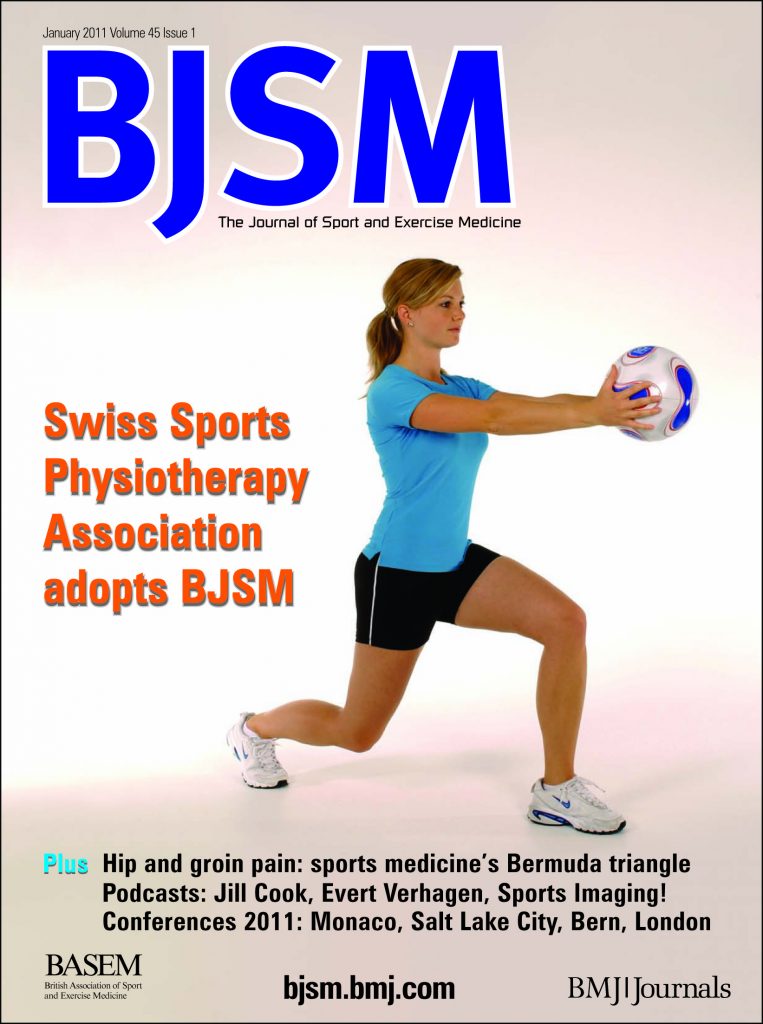Impellizzeri F M,1 Rampinini E,1 Castagna C,2 Martino F,3 Fiorini S, 3 Wisloff U 4,5
1, Human Performance Laboratory, Mapei Sport Research Center, Castellanza, Varese, Italy; 2, School of Sport and Exercise Sciences, Faculty of Medicine and Surgery, University of Rome Tor Vergata, Rome, Italy; 3, Facolta` di Medicina e Chirurgia, Corso di Laurea Specialistica in Scienze e Tecnica dello Sport, Universita` degli Studi di Firenze, Firenze, Italia; 4, Department of Circulation and Medical Imaging, Norwegian University of Science and Technology, Faculty of Medicine, Trondheim, Norway; 5, Department of Cardiology, St. Olav’s Hospital, Trondheim, Norway

OBJECTIVE: The lower impact on the musculoskeletal system induced by plyometric exercise on sand compared to a firm surface might be useful to reduce the stress of intensified training periods or during rehabilitation from injury. The aim of this study was to compare the effects of plyometric training on sand versus a grass surface on muscle soreness, vertical jump height and sprinting ability. DESIGN: Parallel two-group, randomized, longitudinal (pretest-post-test) study. METHODS: After random allocation, 18 soccer players completed 4 weeks of plyometric training on grass (grass group) and 19 players on sand (sand group). Before and after plyometric training, 10 m and 20 m sprint time, squat jump (SJ), countermovement jump (CMJ), and eccentric utilization ratio (CMJ/SJ) were determined. Muscle soreness was measured using a Likert scale. RESULTS: No training surface x time interactions were found for sprint time (p>0.87), whereas a trend was found for SJ (p = 0.08), with both groups showing similar improvements (p<0.001). On the other hand, the grass group improved their CMJ (p = 0.033) and CMJ/SJ (p = 0.005) significantly (p<0.001) more than players in the sand group. In contrast, players in the sand group experienced less muscle soreness than those in the grass group (p<0.001). CONCLUSIONS: Plyometric training on sand improved both jumping and sprinting ability and induced less muscle soreness. A grass surface seems to be superior in enhancing CMJ performance while the sand surface showed a greater improvement in SJ. Therefore, plyometric training on different surfaces may be associated with different training-induced effects on some neuromuscular factors related to the efficiency of the stretch-shortening cycle.
Br J Sports Med. 2008 Jan;42(1):42-6. Epub 2007 May 25.
PMID: 17526621 DOI: 10.1136/bjsm.2007.038497